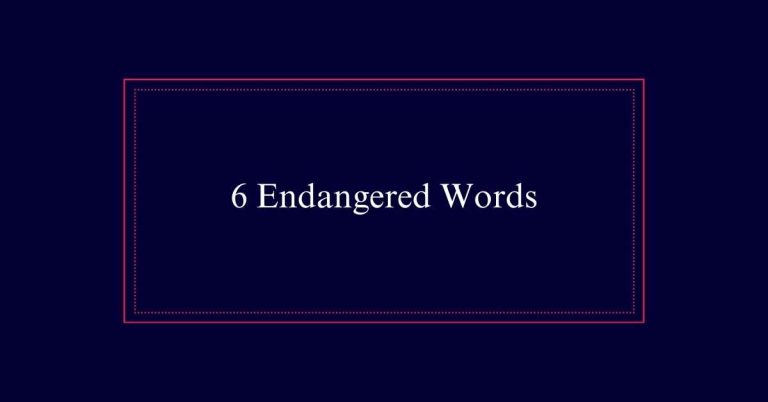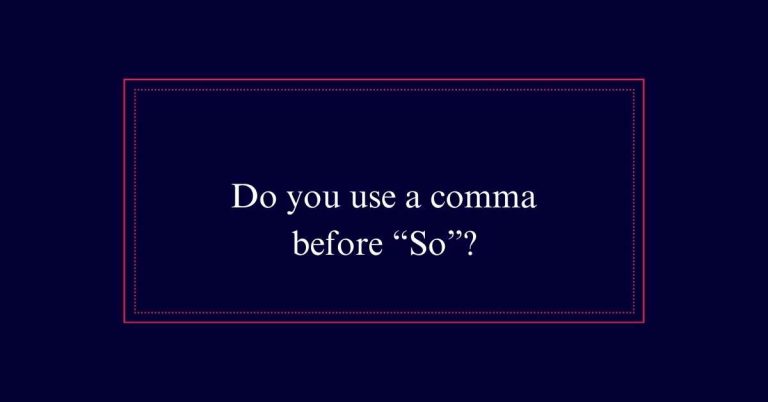How to Write a Joke?
To write a joke, you need a setup and a punchline. The setup creates an expectation, while the punchline subverts it for comedic effect. Keep the setup essential and engaging to build anticipation. The punchline should then deliver an unexpected twist. Importance is vital; every word must contribute to the humor. Practice good timing and confidence when delivering the punchline.
Understanding What a Joke Is
A joke is a form of humor that involves a setup and a punchline designed to elicit laughter. The setup introduces a situation or premise, creating an expectation. The punchline then subverts this expectation, often in an unexpected or clever way, leading to humor.
Theories suggest laughter relieves tension or arises from feeling superior. Writing jokes requires understanding this dynamic. Jokes manipulate language and tweak expectations to surprise the audience. They can be short and concise or involve longer setups. Mastery of these elements is vital for comedic success.
The Mechanics of Humor
Understanding how jokes work involves exploring the mechanics of humor. At their core, jokes manipulate expectations. This involves setting up a scenario that leads the audience in one direction and then suddenly subverting it with an unexpected twist.
The key is brevity; a concise joke keeps the audience’s attention and delivers impact quickly. Timing is important; well-placed pauses can enhance the punchline. Word choice also plays an essential role. The language must be clear and direct to guarantee the joke lands effectively.
Additionally, context and relatability can heighten the humor, making the joke resonate more deeply with the audience.
Crafting the Setup
Crafting the setup is the foundation of any successful joke. The setup builds the context and primes the audience for the punchline. It must be clear, concise, and engaging. A good setup creates anticipation without giving away the joke. This part of the joke should provide necessary information and set the tone. It’s essential to be brief but detailed enough to set the stage for the punchline.
| Element | Importance | Example |
|---|---|---|
| Clarity | High | “A man walks into a bar” |
| Brevity | High | “Two guys are talking” |
| Engagement | Medium | “In a small town…” |
| Tone Setting | High | “On a stormy night…” |
Delivering the Punchline
Delivering the punchline is the moment where the joke’s humor crystallizes. It’s the culmination of the setup, where the audience’s expectations are subverted for comedic effect.

Effective punchline delivery involves several key techniques:
- Timing: Pause just before delivering the punchline to build anticipation.
- Clarity: Make sure the punchline is clear and easy to understand.
- Confidence: Deliver with confidence to enhance the joke’s impact.
- Tone: Use an appropriate tone that matches the joke’s content.
The Importance of Brevity
Brevity is essential in joke writing because it keeps the audience’s attention and enhances comedic impact. Jokes must be concise to be effective. Every word should have a purpose, contributing to either the setup or the punchline.
Long-winded explanations dilute the humor, causing the audience to lose interest. A streamlined joke hits harder and faster, making the punchline more surprising and impactful. Skilled comedians often spend significant time cutting unnecessary words, ensuring their jokes are as tight as possible.
Playing With Expectations
Playing with expectations is a key technique in joke writing, as it creates surprise and amplifies humor. Comedians often set up the audience to think in one direction, then deliver a punchline that takes an unexpected turn. This technique leverages the human brain’s natural tendency to predict outcomes. By breaking these predictions, laughter is often the result.
Here are some ways to play with expectations effectively:
- Misdirection: Lead the audience down one path and then sharply turn.
- Contradiction: Present a logical setup, followed by an illogical punchline.
- Exaggeration: Take a common situation and blow it out of proportion.
- Understatement: Describe something significant in a trivial manner.
Mastering Self-Deprecating Humor
Self-deprecating humor involves making fun of oneself in a way that is endearing and relatable. This form of humor can break the ice and build connections with the audience. It shows humility and self-awareness, making the comedian seem more approachable. The key is to strike a balance—be light-hearted without appearing overly critical of oneself.
Below is a table highlighting essential tips for mastering self-deprecating humor:
| Tip | Description | Example |
|---|---|---|
| Be Genuine | Use real-life experiences | “I have the coordination of a toddler.” |
| Stay Light | Avoid harsh criticism | “I’m not a morning person—my coffee can confirm.” |
| Find Common Ground | Relate to universal struggles | “I once got lost in my own neighborhood.” |
| Maintain Confidence | Present jokes with confidence | “I’m great at multitasking… at messing up two things at once.” |
Avoiding Punching Down
While self-deprecating humor can endear you to an audience, it’s important to avoid jokes that punch down and target vulnerable groups. Punching down refers to making jokes at the expense of those who are less privileged or marginalized. This kind of humor can alienate your audience and perpetuate harmful stereotypes. Instead, aim to create inclusive comedy that resonates with a broader audience.
Here are four tips to avoid punching down:
- Know your audience: Understand their sensitivities and avoid topics that could be offensive.
- Focus on shared experiences: Find humor in situations everyone can relate to.
- Be empathetic: Consider how your jokes might affect others.
- Punch up: Target those in positions of power or authority.
Characters and Comedy
Characters are the backbone of any comedic story, driving humor through their actions and personalities. A well-crafted character can turn a mundane situation into a laugh-out-loud moment. Their unique traits, flaws, and quirks are essential for generating humor.
The audience connects with characters who are exaggerated versions of real people. This exaggeration makes their actions and reactions funnier. Consistency in character behavior is vital, as it builds expectations that can be humorously subverted.
Characters often embody stereotypes, but it’s important to handle this carefully to avoid offense. When characters interact, their contrasting traits can create comedic tension. This interaction is a fertile ground for jokes, as it allows for misunderstandings, conflicts, and unexpected resolutions.
Revising and Refining Jokes
Refining jokes is a meticulous process that separates good comedy from great comedy. This phase involves careful adjustments to timing, word choice, and delivery. A well-crafted joke often undergoes multiple revisions before it reaches its final form.
Here are essential steps for refining jokes:
- Edit Ruthlessly: Trim unnecessary words to keep the joke concise and impactful.
- Test and Feedback: Perform the joke in front of an audience and note their reactions. Use feedback to make adjustments.
- Adjust Timing: Fine-tune the pacing of the setup and punchline for maximum effect.
- Iterate: Continuously refine the joke based on performance data and audience responses.






